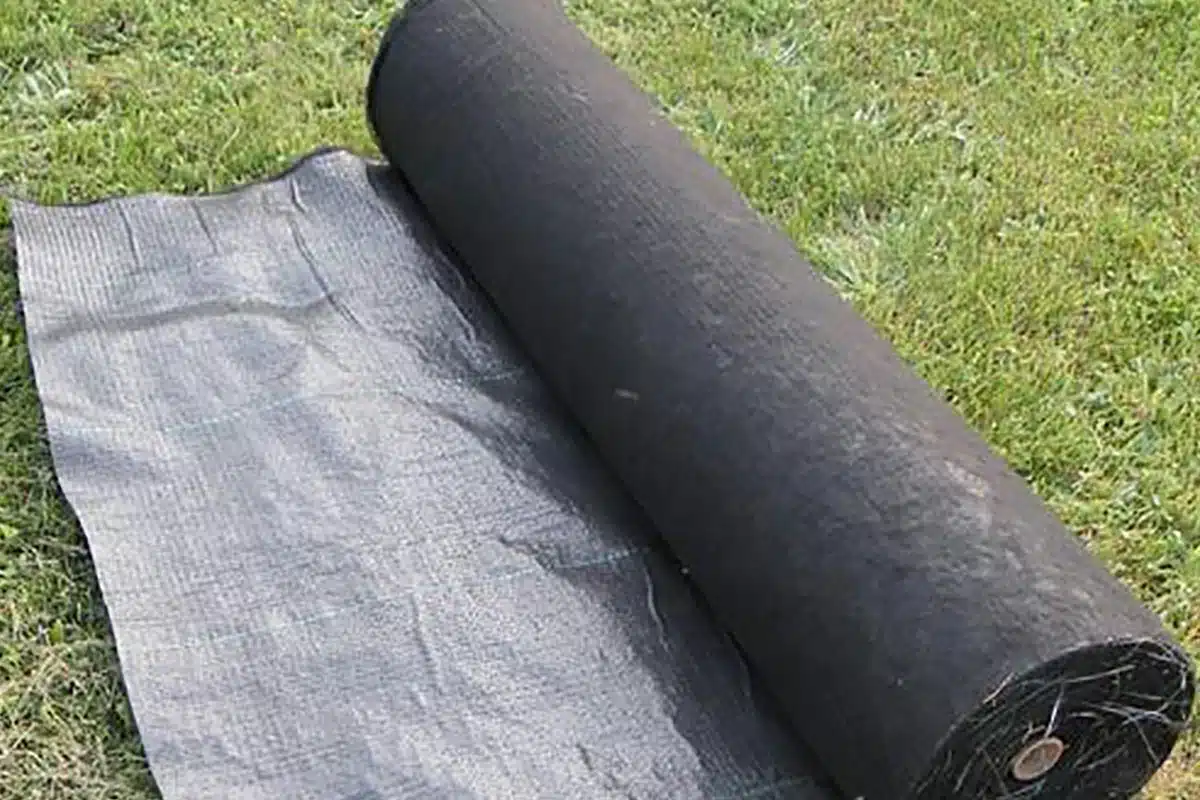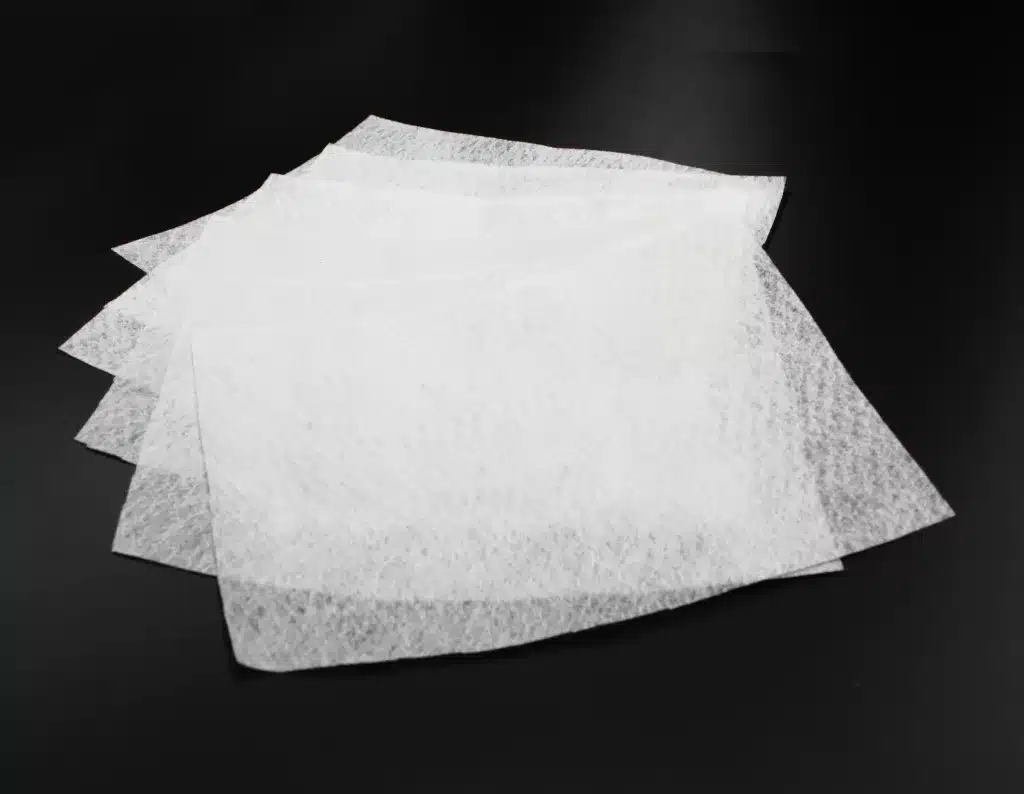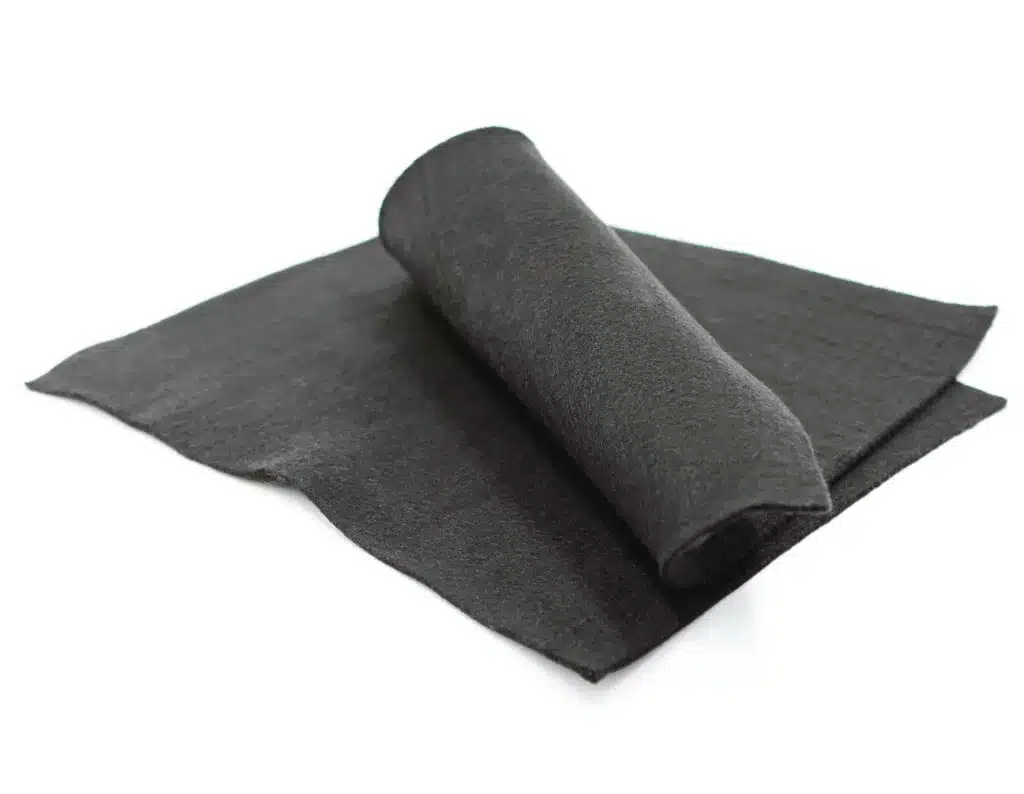+86-159 9860 6917
info@geofantex.com
geofantex@gmail.com
+86-400-8266163-44899
The type of landscaping fabric you should use is determined by the specific needs of your project. Landscaping fabrics generally fall into two primary categories: woven and non-woven. Woven fabrics are designed to allow water and air to easily reach the soil beneath, making them ideal for promoting healthy plant growth. On the other hand, non-woven fabrics create a more substantial barrier, making them better suited for use with rocks and gravel.
Here’s a closer look at the different types of landscaping fabrics and their ideal applications:
We recommend using woven fabric for covering flower beds, as well as around trees and shrubs. It effectively prevents weeds while retaining moisture at the root level, which promotes healthier plants. Woven fabrics are typically composed of a polypropylene composite. A 200lb geotextile fabric, for instance, is commonly used to stabilize and extend the lifespan of gravel driveways. Additionally, specific woven fabrics, such as silt fence fabric, are designed for above-ground installation to help prevent contamination during construction by reducing sediment overflow into stormwater systems, rivers, streams, and lakes.
Woven Fabric:
We recommend using woven fabric for covering flower beds, as well as around trees and shrubs. It effectively prevents weeds while retaining moisture at the root level, which promotes healthier plants. Woven fabrics are typically composed of a polypropylene composite. A 200lb geotextile fabric, for instance, is commonly used to stabilize and extend the lifespan of gravel driveways. Additionally, specific woven fabrics, such as silt fence fabric, are designed for above-ground installation to help prevent contamination during construction by reducing sediment overflow into stormwater systems, rivers, streams, and lakes.

Non-Woven Fabric
This type of fabric is similar to woven fabric but excels in its ability to allow water to permeate through the surface to reach plants. Made from polyester or polypropylene, non-woven fabrics are suitable for use in rocky areas and flower beds. Heavy-duty versions can reinforce irrigation or retaining walls.
Hybrid Fabrics
Our commercial-grade weed barrier is an example of a hybrid fabric, created by needle-punching polypropylene non-woven fibers into a woven geotextile. This results in a high-strength fabric that also offers improved water permeability.
Plastic
Plastic is most effective when used around rocks to limit plant growth or in areas with drip irrigation systems. While highly effective at killing weeds when used on flower beds, plastic can also potentially smother or negatively impact plant growth (Source: SFGate). Compared to fabrics, plastic weed prevention membranes should be used more sparingly as they block water, sunlight, and air from penetrating the soil.
Perforated Fabric
This lightweight material is best suited for areas where significant plant growth is not expected. While not the most effective option for weed control, perforated fabric typically includes holes for plant placement (Source: Lawn Starter).
Perforated Fabric
In areas requiring effective drainage between sand, rock, and soil, drain field fabric is essential. It helps prevent clogging, particularly in drainage systems, by allowing water to pass through while filtering out debris (Source: Garden Guides).
Drain Field Fabric
In areas requiring effective drainage between sand, rock, and soil, drain field fabric is essential. It helps prevent clogging, particularly in drainage systems, by allowing water to pass through while filtering out debris (Source: Garden Guides).
Drain Field Fabric
Frost block fabric helps extend the growing and flowering season by keeping the air warmer underneath it compared to the air above. It is available in various roll sizes to suit different applications.



Get Free Sample
We’ll respond as soon as possible(within 12 hours)






















